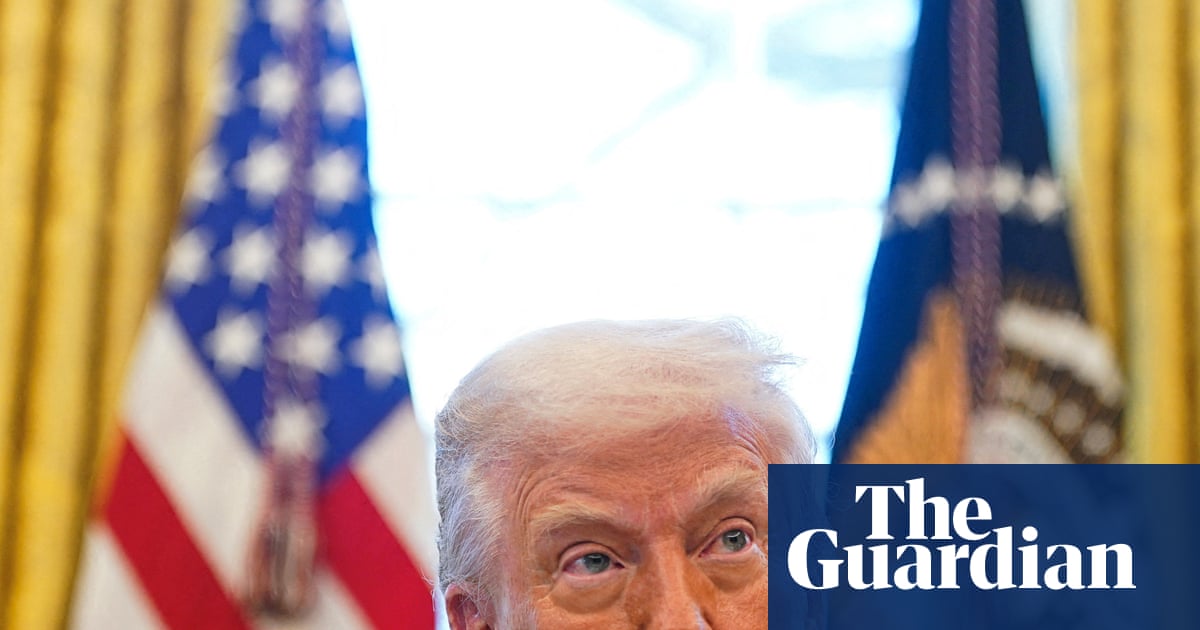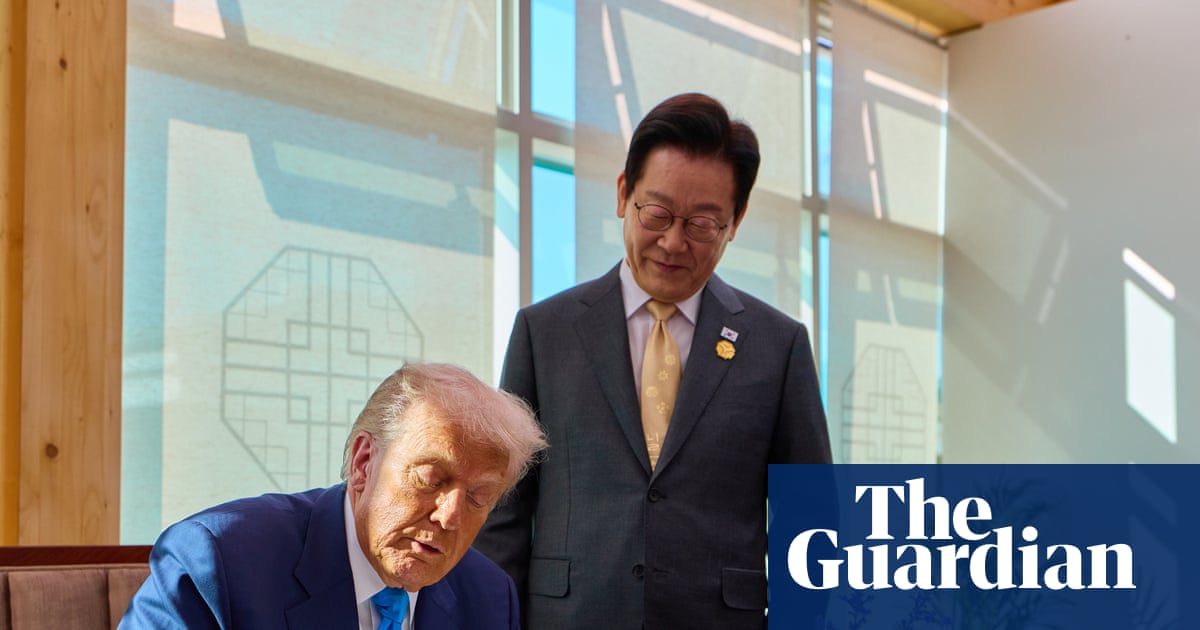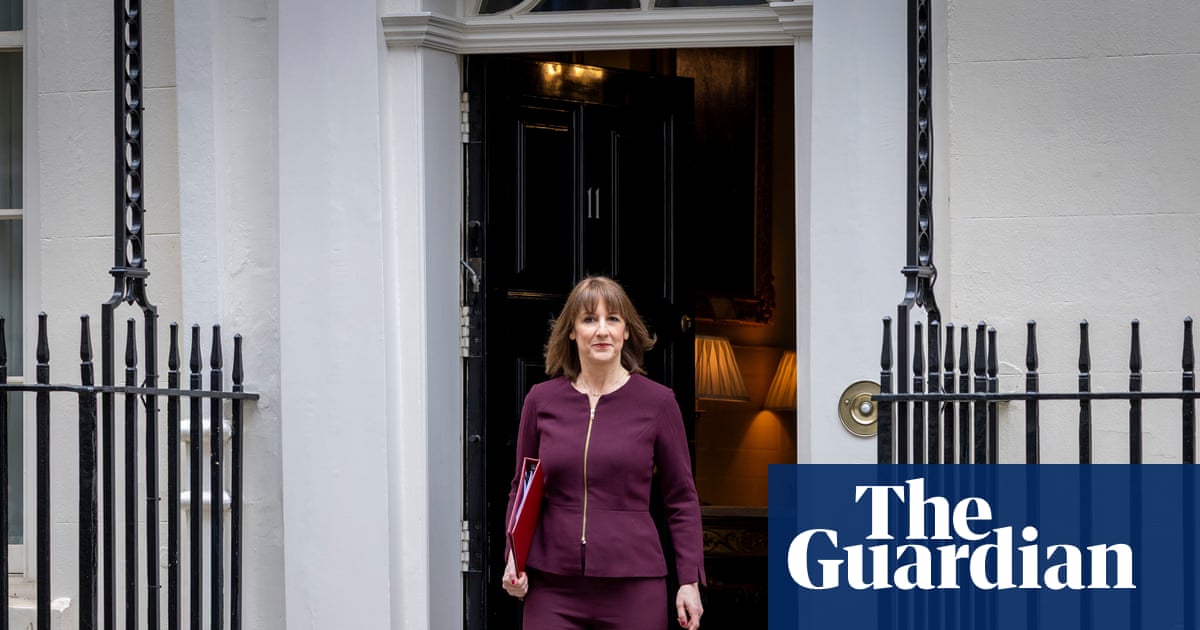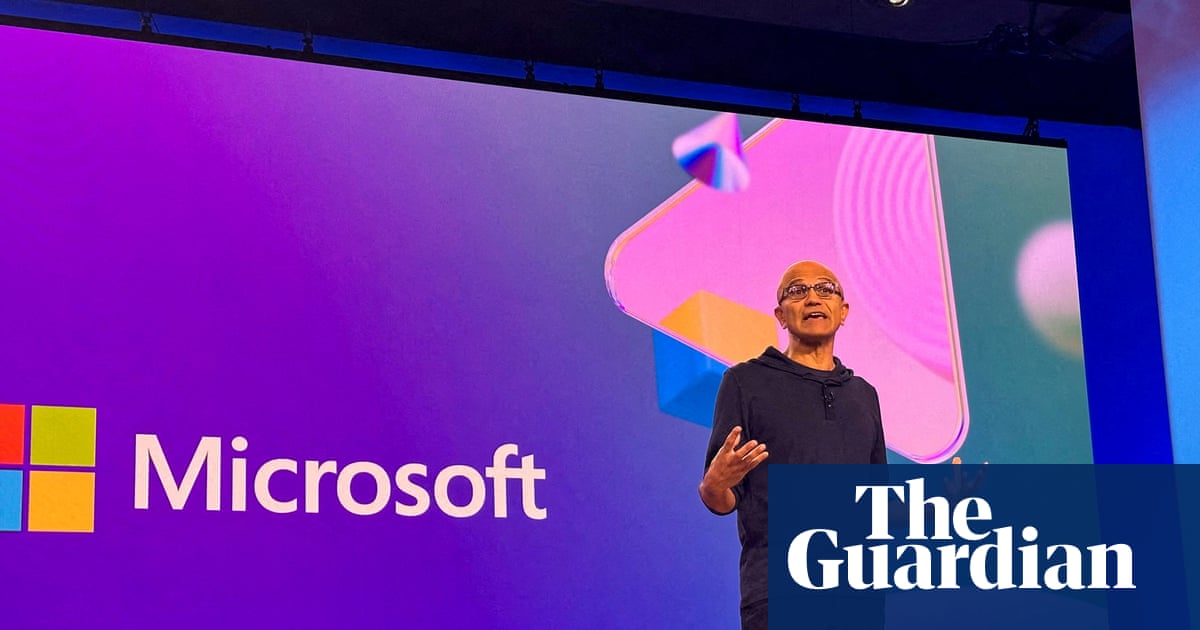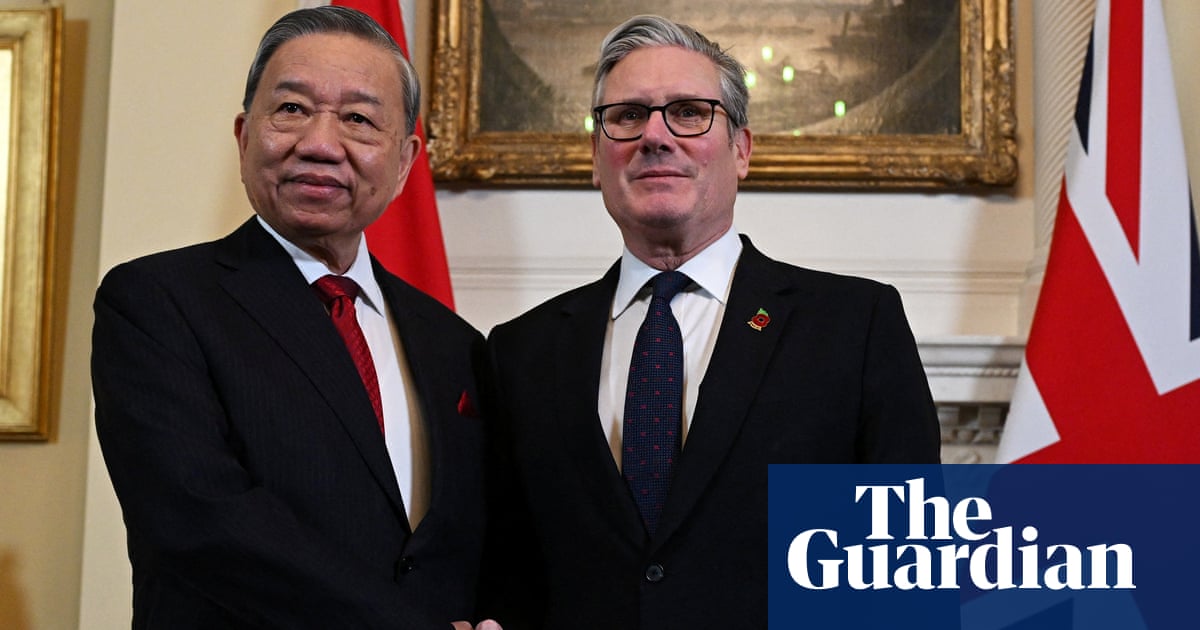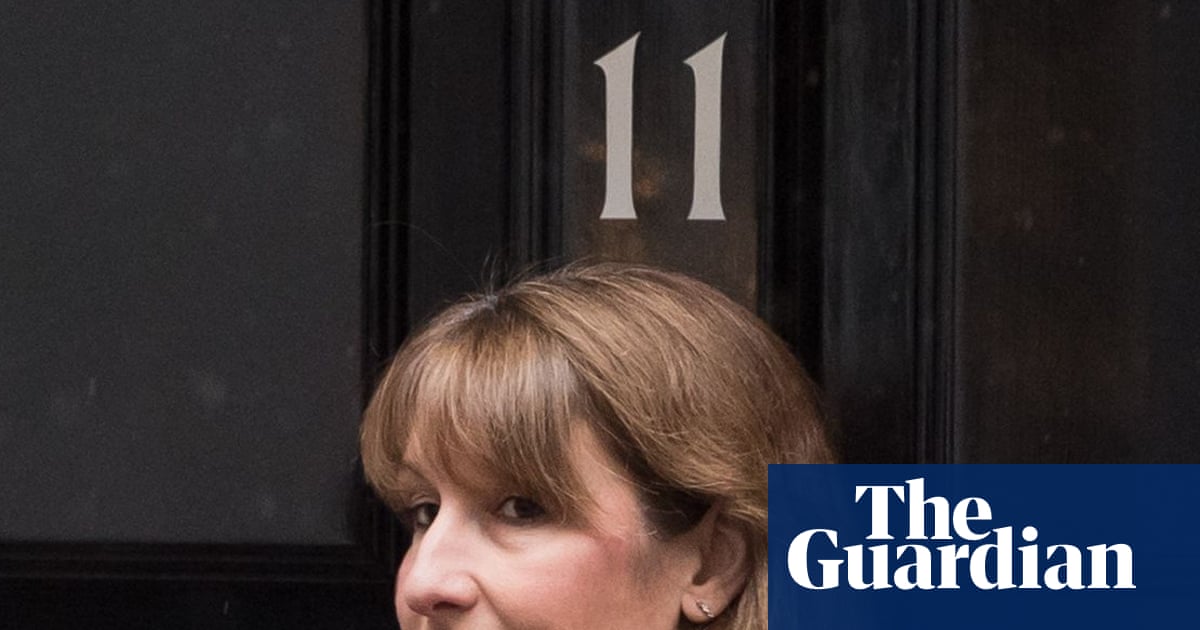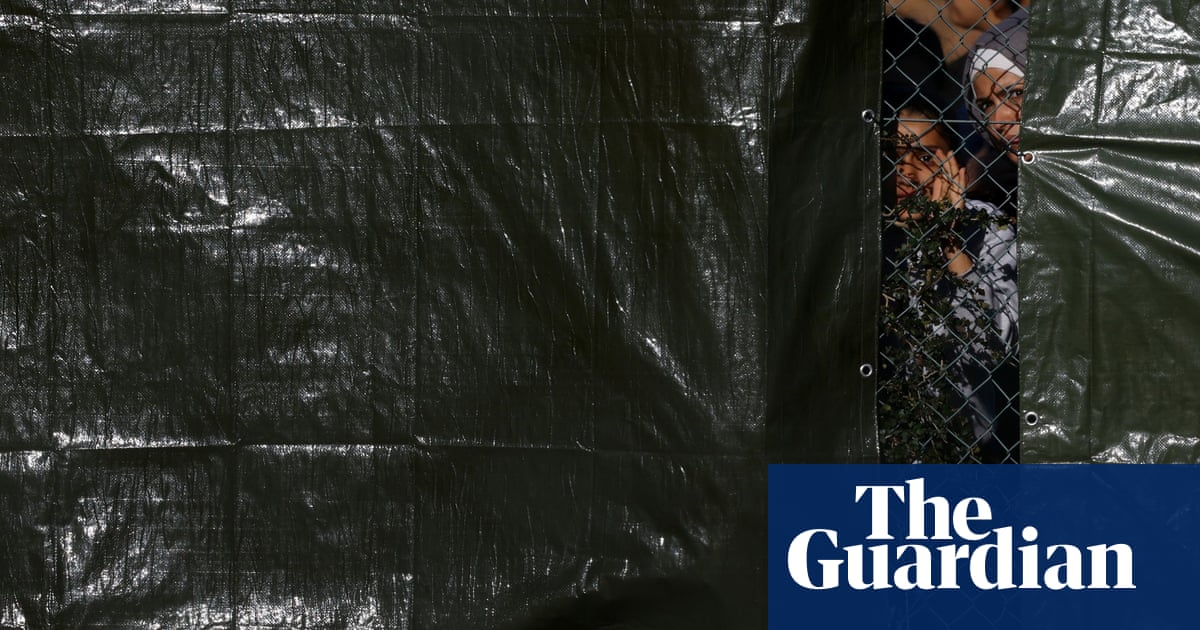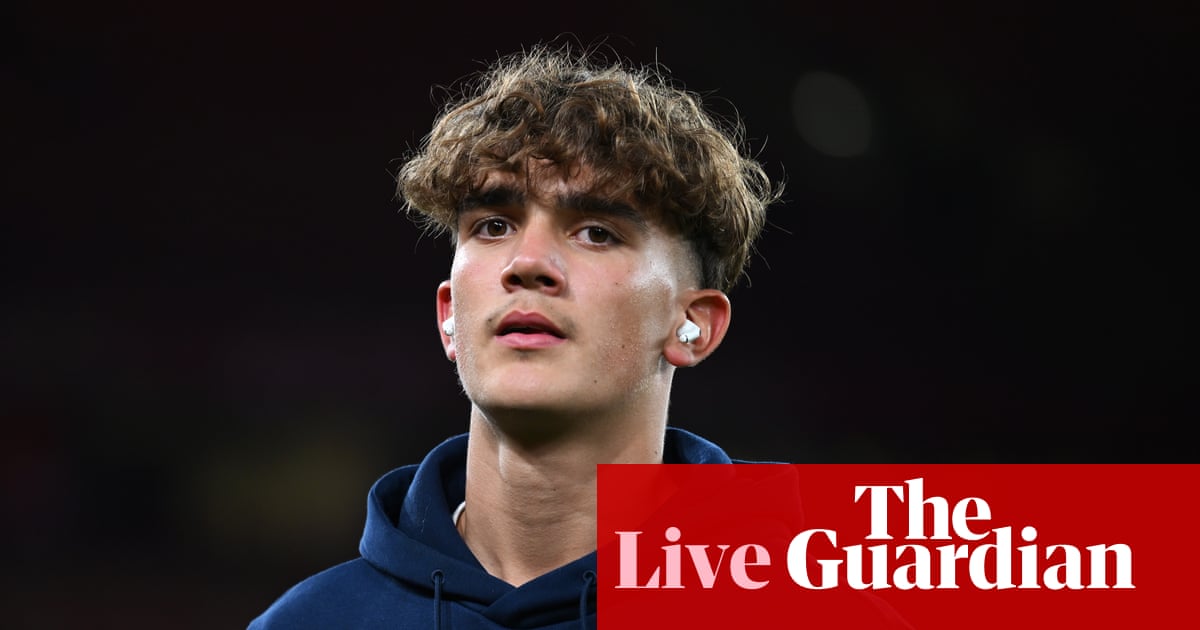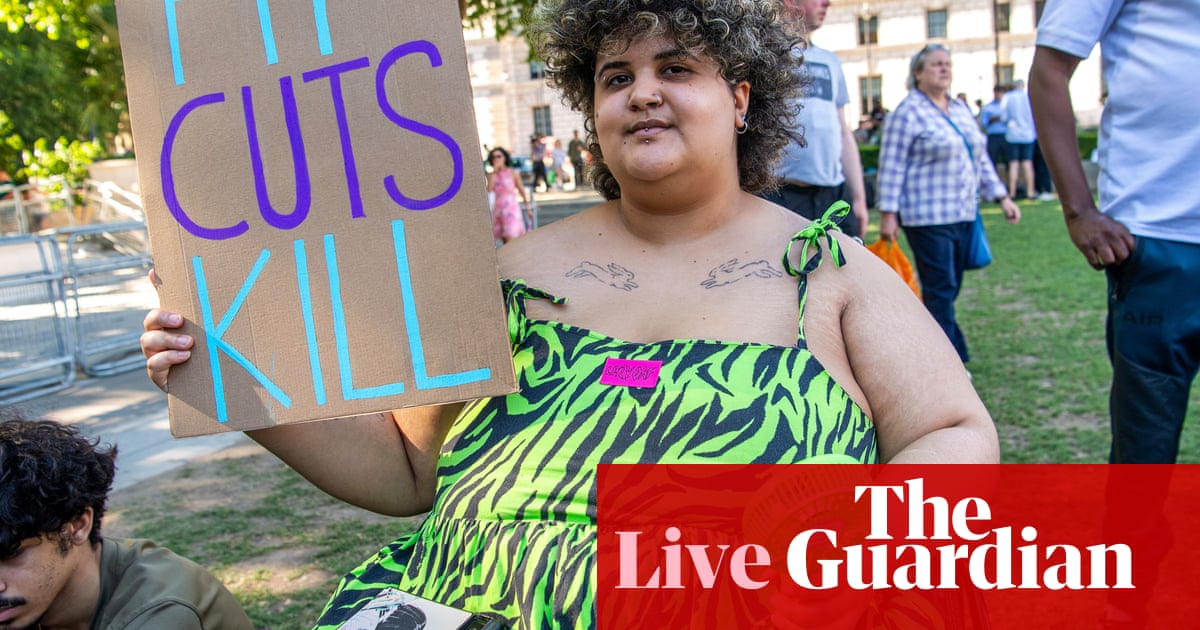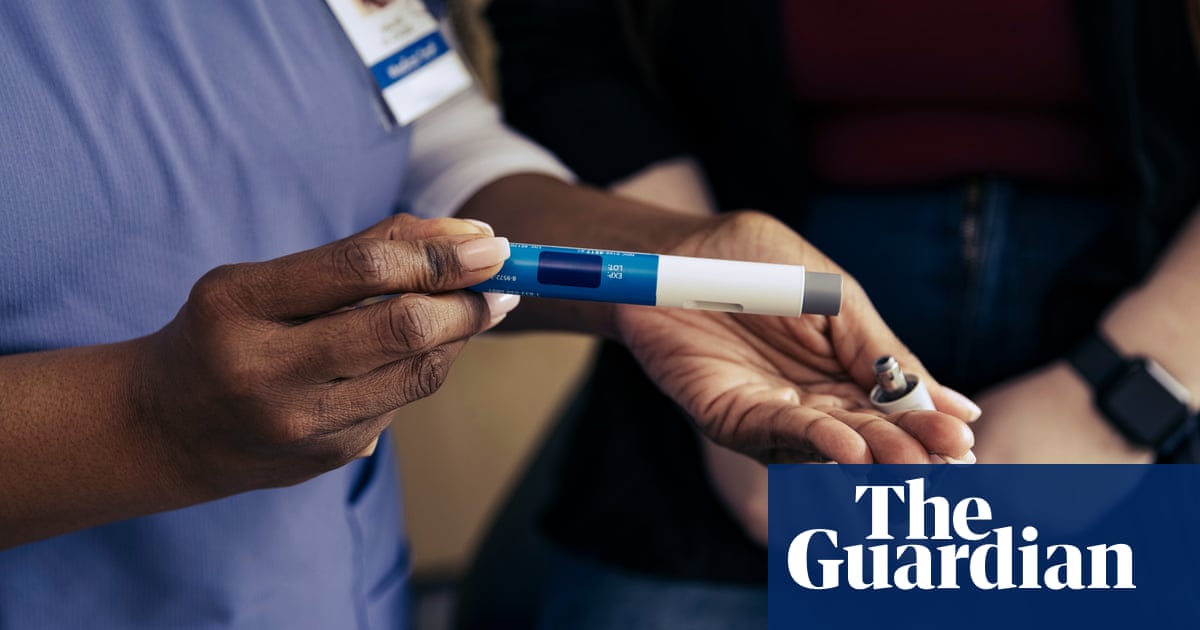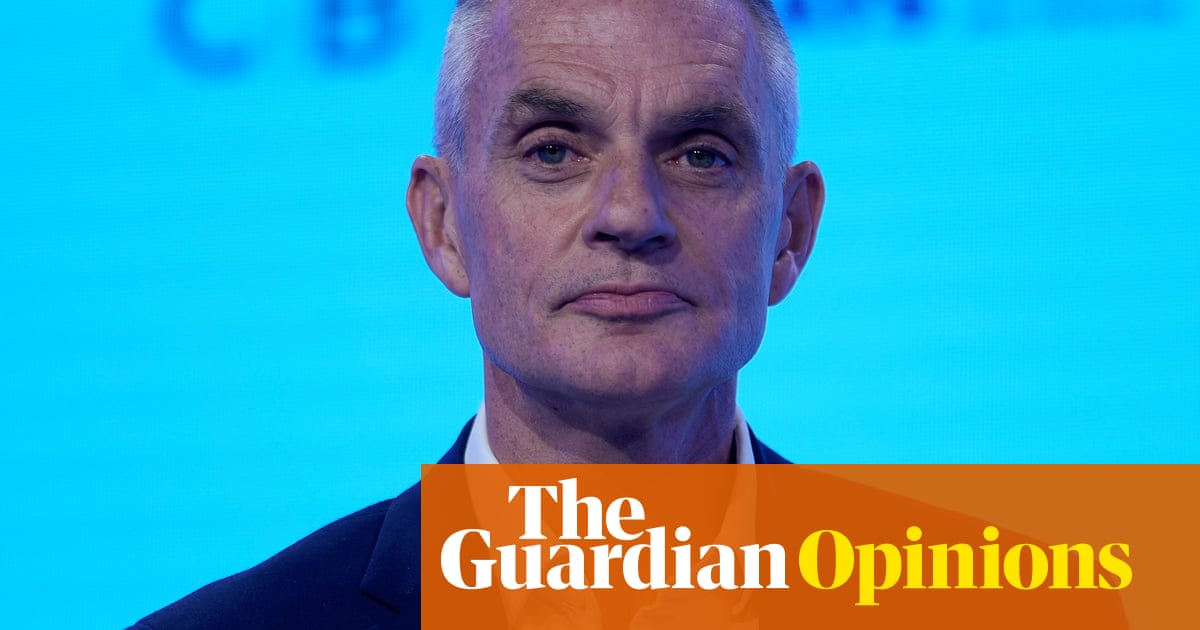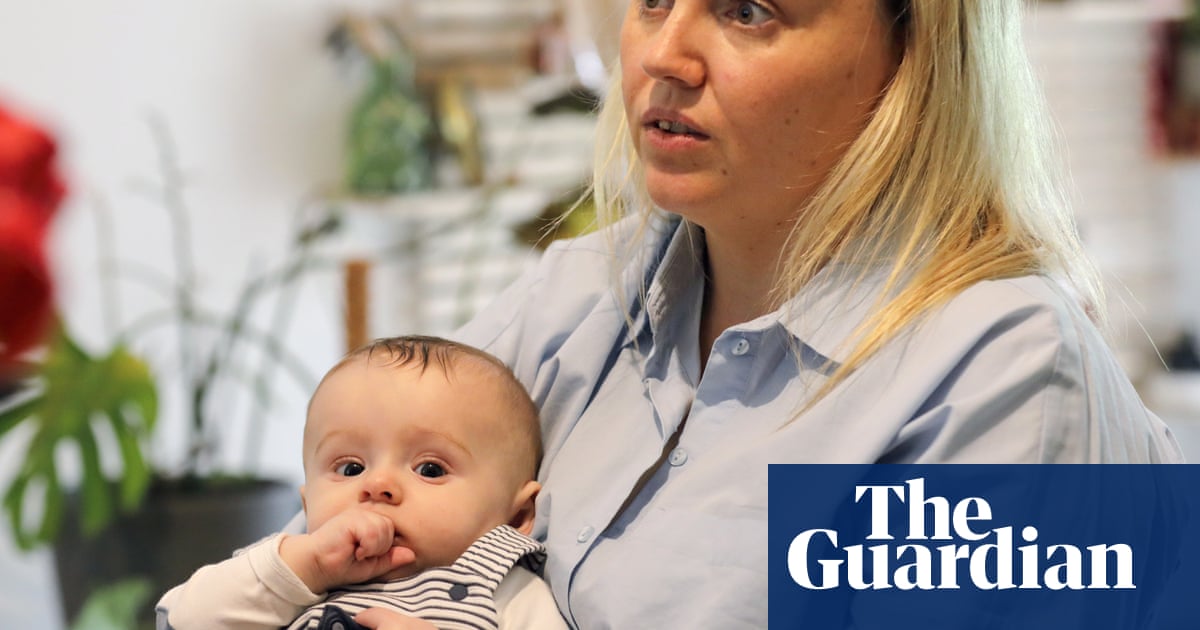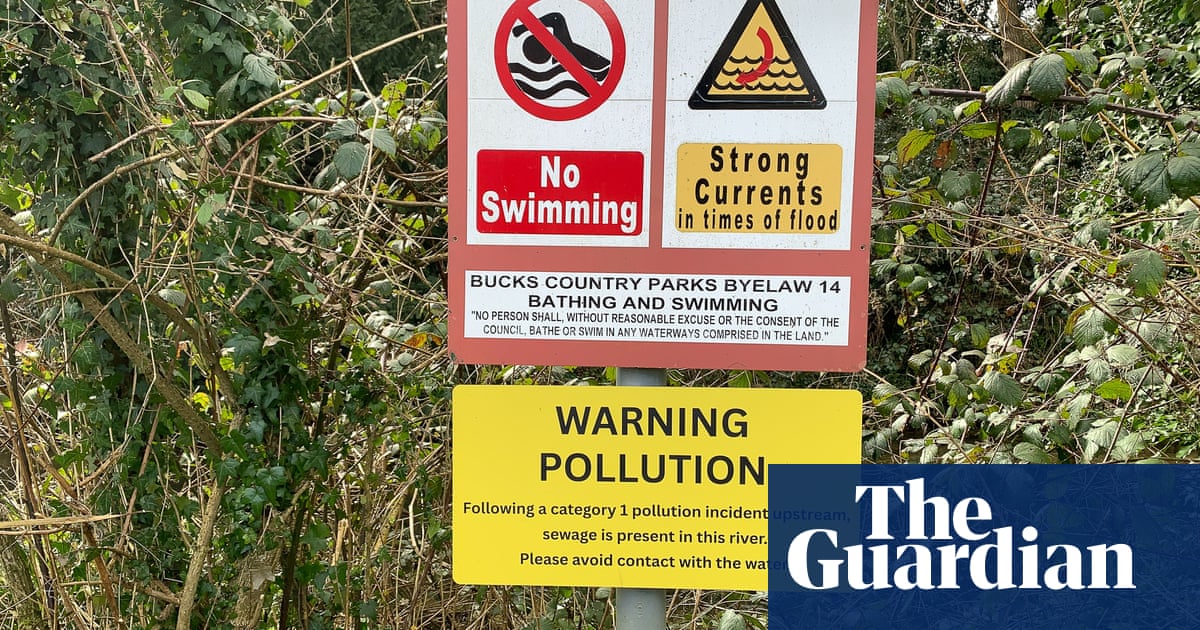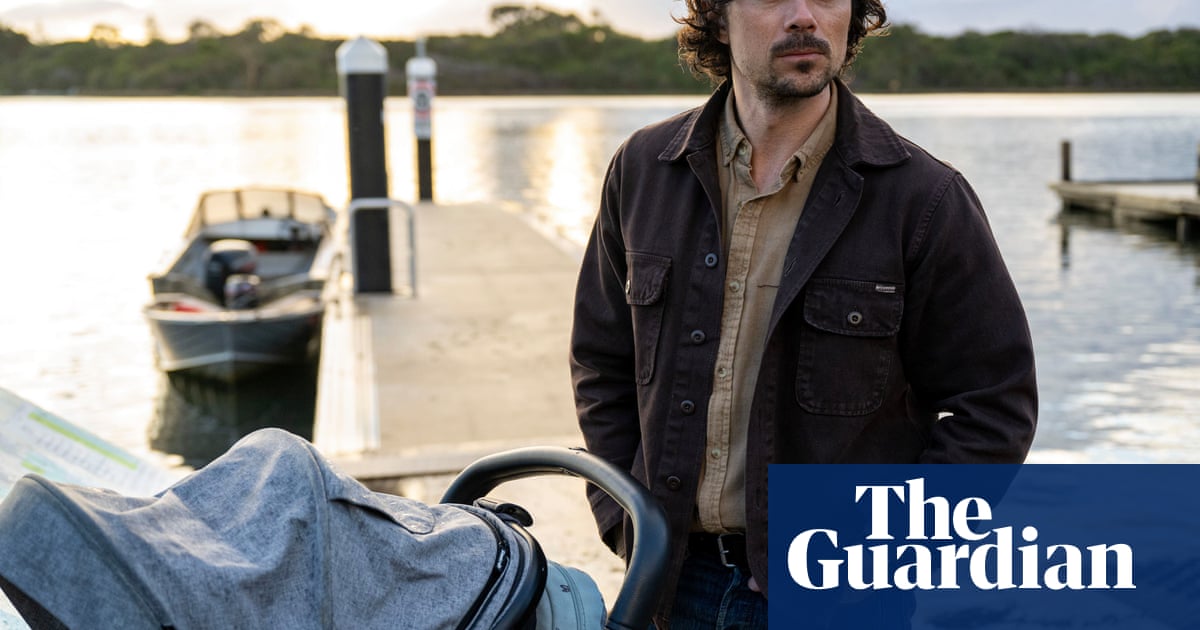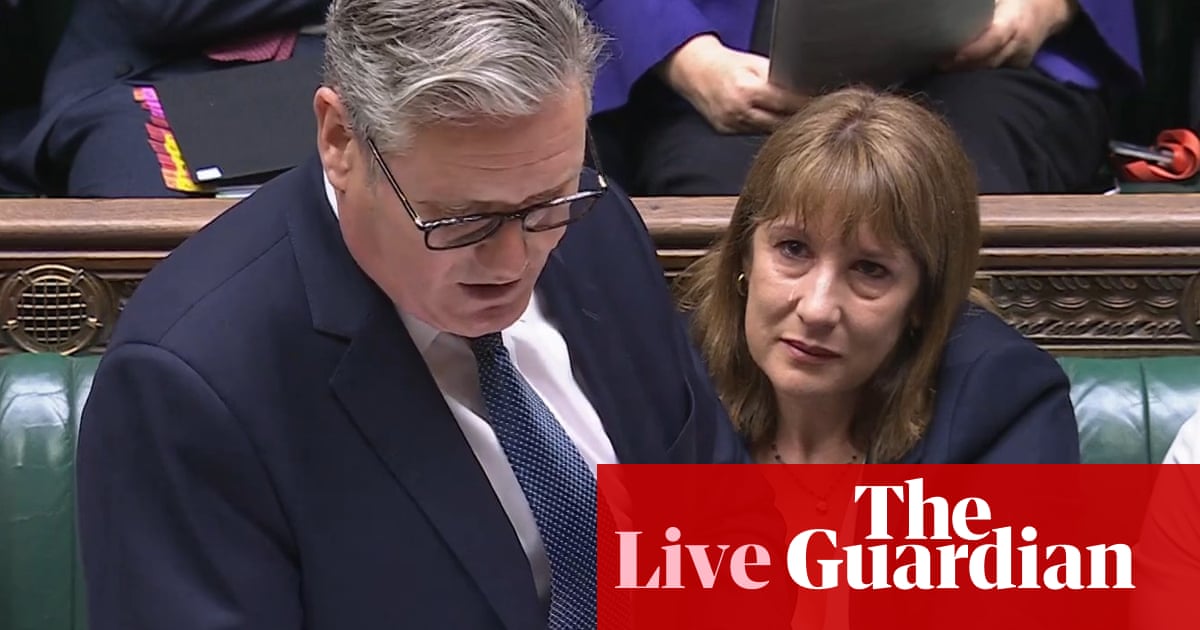Failure to abolish the two-child benefit limit would wreck the government’s child poverty ambitions and risk creating levels of hardship not seen under a Labour government for more than half a century, an analysis warns.
The Resolution Foundation said political courage was required for ministers to show they are serious about reversing trends that, if not addressed, would push the rate of child poverty to a historic high by the end of the decade.
It advised the government against introducing half-measures that would dampen the impact of the two-child limit – such as lifting the limit for families in work – saying this would have little or no meaningful effect on overall child poverty rates.
The thinktank’s analysis concludes: “In one fell swoop, the government could reduce the number of children growing up in poverty by 330,000 today and save a further 150,000 children from that fate by 2029-30 if it were bold enough to scrap the two-child limit in full.”
Aside from the economic and moral case, the Resolution Foundation suggests failing to emulate some of its Labour predecessors by reducing child poverty will tarnish the government’s social justice legacy. Labour’s 2024 election manifesto promised an “ambitious strategy” to bring down poverty rates.
The thinktank said: “On current policies, child poverty is set to rise by more than half a percentage point a year over the course of this parliament, which would be the worst outcome on record for any Labour-led government in over 60 years.”
The two-child limit, introduced by the Conservative government in 2017, restricts household welfare income by blocking payments of £3,500 a child for third and subsequent children born to families on means-tested benefits.
The government, which has previously resisted calls to scrap the two-child limit on cost grounds – estimated at £3.5bn a year – is under pressure to abolish it as part of its child poverty strategy, which is expected to be published in November.
The two-child limit is understood by campaigners and Labour backbenchers as a powerful driver of child poverty and a vivid symbol of Tory-imposed austerity. About 1.7 million children live in households affected by the policy, according to the latest figures.
The education secretary, Bridget Phillipson, who is co-chairing the child poverty strategy, told the Guardian this month that abolishing the two-child limit was the most cost effective way to improve life chances for disadvantaged youngsters.
Although the government has introduced some measures to tackle hardship, such as increasing the basic value of universal credit and extending free school meals to families on low incomes, these will not shift the dial on child poverty rates that are projected to rise from 31% to 34% by the end of 2029-30, the Resolution Foundation said.
Though ministers say work is the best route out of hardship, child poverty rates would still remain on “a stubbornly upward trajectory,” even under an optimistic scenario in which the economy and employment improved over the course of the parliament, it added.
“The unavoidable conclusion is that no child poverty strategy will be credible unless it is accompanied by significant additional state support for family incomes,” the thinktank concludes.
The Treasury has been examining options for partially repealing the two-child limit without abolishing it. These include raising the limit to include three or four children, and introducing a tapered payment rate under which families would get the most for their first child and less for subsequent children.
The Resolution Foundation said that while the compromise options would cost less they would still leave child poverty rates higher at the end of the parliament than they were at the beginning and would be “fundamentally inconsistent” with Labour’s promise to deliver an ambitious child poverty strategy.
Alex Clegg, an economist at the thinktank, said: “If the government wants to meet its manifesto promise of developing an ambitious child poverty strategy, they should do the right thing and scrap the two-child limit in its entirety.”
A government spokesperson said its child poverty strategy would “publish an ambitious strategy to tackle the structural and root causes of child poverty”.
It added: “We are investing £500m in children’s development through the rollout of Best Start Family Hubs, extending free school meals and ensuring the poorest don’t go hungry in the holidays through a new £1bn crisis support package.”

.png) 3 hours ago
4
3 hours ago
4
